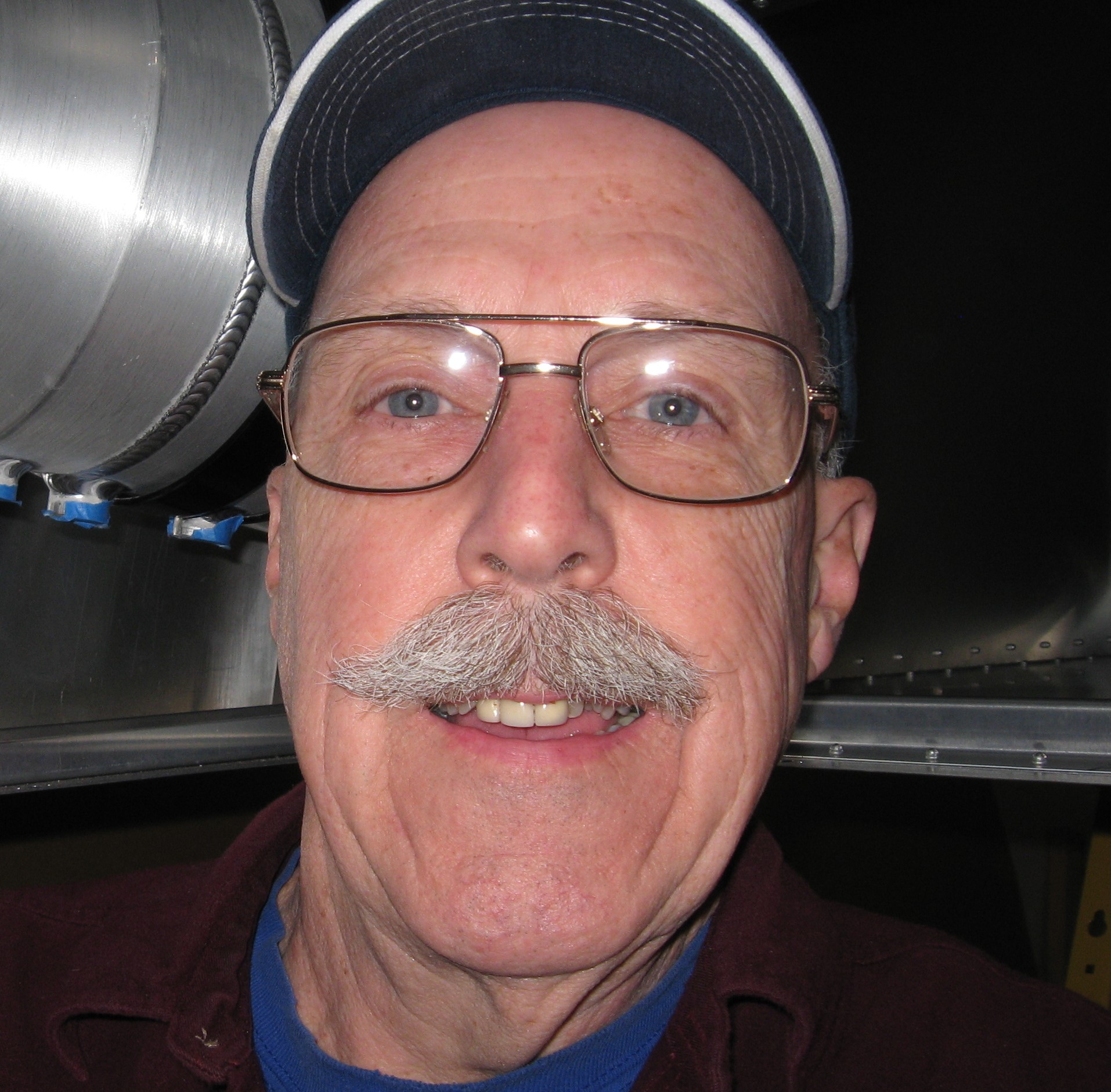Back
Oral
Emerging & Innovative Technologies (Interdisciplinary)
A Robust Cellular Automaton Surface Drainage Preprocessing Algorithm for High Resolution Digital Elevation Models
Wednesday, May 21, 2025
9:00 AM – 9:15 AM Alaska Daylight Time (AKDT)
Room: Room 6

Robert N. Eli, Ph.D., P.E., M.ASCE
Associate Professor Emeritus
West Virginia University, Morgantown, WV 26506, West Virginia, United States
Author(s)
A robust cellular automaton (CA) algorithm has been developed that overcomes many of the difficulties in preprocessing high resolution raster format digital elevation models (DEMs) prior to creating the surface drainage network. The algorithm is unique in that a small fixed hydraulic gradient is generated using a parallel processing computation that progressively fills depressions and drains flat surfaces. The algorithm facilitates the location and inclusion of subsurface drainage infrastructure (e.g., culverts) and the re-establishment of building structures to the DEM via outside databases, such as Microsoft Building Footprints. The CA algorithm uses an iterative arithmetic computation method that never requires searching beyond the 3 by 3 raster cell neighborhood, which guarantees a robust algorithm that can establish a minimum hydraulic gradient under any condition, including flat surfaces, without failure. The algorithm and associated processing procedures are demonstrated on a small watershed with significant suburban development.

